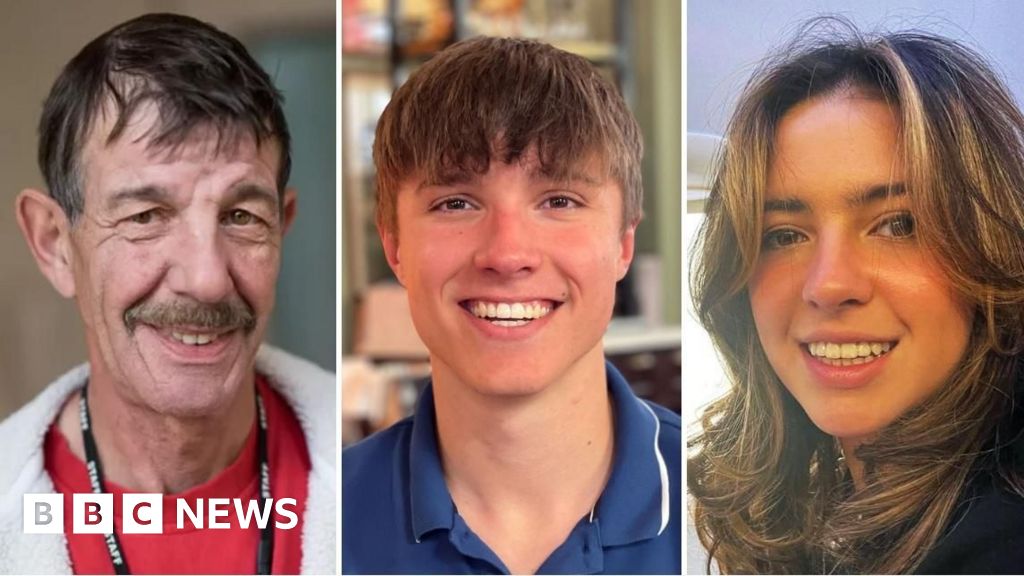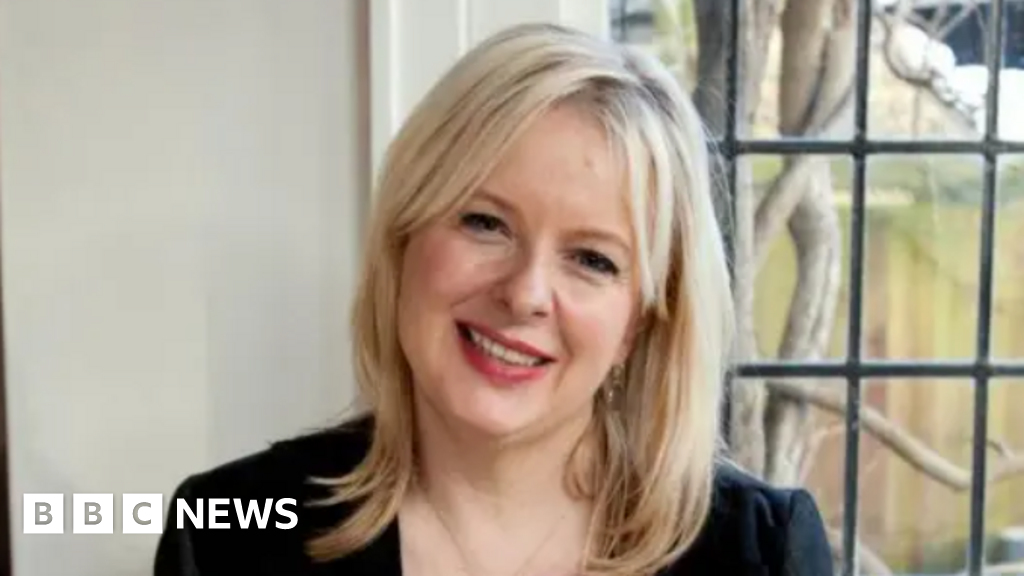"Forensic scientists act as custodians of the dead," says Professor Lorna Martin.
"We speak for them, explaining what happened in their last moments so justice can be done."
For 35 years now, Martin has bent over metal trolleys with saws and scalpels and tools dissecting bodies, capturing her observations in reports, pondering knots and ligatures, and testifying in court.
Martin's work has often been in the headlines.
Her autopsy of a decomposing 14-year-old girl's body found DNA links to Diepsloot serial killer Lazarus Mazingane, which helped authorities convict him in 2000.
DNA is a molecule that contains the genetic code that is unique to every individual.
On 20 January 2003, she entered the Sizzlers massage parlour in Sea Point where nine men had been tied up and killed.
In 2007, she told a legal inquest that the late British cricket coach Bob Woolmer had died of natural causes, contesting an original report of manual strangulation.
Shiny new facility
Over the past decade, Martin has been a driving force behind the state-of-the-art Observatory Forensic Pathology Institute (OFPI), now spanning three storeys adjacent to Groote Schuur Hospital.
Replacing Cape Town's 1957 Salt River Mortuary - which was notoriously outdated, overfull, and described as a health hazard - the new facility will be opened by health MEC Nomafrench Mbombo in April.
Martin says the OFPI has four large dissection areas, with a ceiling height of 5m for ventilation and space for six autopsies each, plus an extra ventilated and secure BSL-3 (Biosafety level 3) section for dealing with deaths from TB and other contagious pathogens.
The nearly R300-million facility, which integrates provincial health's Forensic Pathology Service and academic training, is finally operational with some last snags being fixed, she adds.
"Because of limitations in staff and other resources, we do between 15 and 20 autopsies daily. On any given day, we have between 20 to 30 autopsies waiting to be done. On Mondays, maybe up to 40."
The old Salt River Mortuary was officially decommissioned in December.
"Toward the end, it was held together with duct tape and elastic bands," says Martin. That notwithstanding, they completed 4 500 autopsies last year.
Under Martin's watch, a team of 10 doctors perform up to three postmortems each per day.
A glint of steel
Martin has wispy hair and eyes with a glint of steel.
Her speech is enthusiastic, occasionally punctuated with wry jokes.
She says:
I've learned not to wear white jeans to crime scenes.
She explains that when an individual dies suddenly or of unnatural causes, a medico-legal investigation is required by law to identify the deceased, to determine the cause of death, and for evidence should there be a criminal investigation.
A 10-minute walk from the chilled glass-fronted OFPI in Main Road, Observatory; inside the University of Cape Town's Falmouth building, Martin is seated behind a large desk. It is warm in her office.
"Sorry, I don't have air conditioning," she says.
In front of her are stacks of papers and a box of Kleenex.
A bookshelf holds titles like Autopsy Diagnosis and Technique, and People & Violence in South Africa. Surfaces are packed with keepsakes: A twirling Spanish figurine and a teddy bear - gifts from visiting academics.
In her office, Martin points out a framed Femina article from 2008 titled: "To Deal with Death Every Day" and a 2001 White Ribbon Award certificate for making a difference - "together we will end the violence against women and children in South Africa" - it reads.
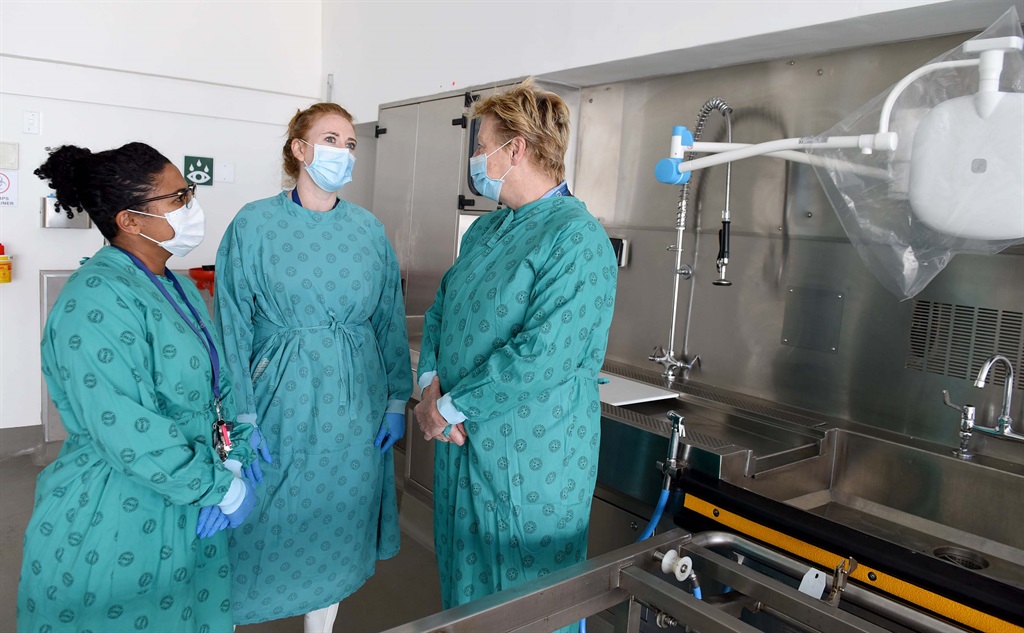
Professor Lorna Martin and some of her team members are seen at the Observatory Forensic Pathology Institute.
Martin has headed the division of forensic medicine at the University of Cape Town (UCT) for the past 20 years, a legacy apparent in the full space around her.
At the time of her appointment in September 2004, aged 39 years old, she was the first woman head of forensic pathology in South Africa.
The city's underbelly
To a pathologist, a city's underbelly is revealed - human bodies become demographics detailing its public health hazards and most vulnerable citizens.
For all the high-profile postmortems Martin has done, it would appear the plight that cuts deepest for her is that of women and girls who succumb to violence.
"What stays with me is not what most people think of as the 'gruesomeness' of the job," says Martin, "but rather the deed that ended someone's life. I'll always wonder how people can do these things to each other and am disturbed by the lack of dignity or sanctity in those deaths."
EXCLUSIVE | Photos expose the shocking state of the Pretoria Forensic Chemistry Laboratory
She relays how it is not unusual for her to wander around hardware stores, looking for objects that may have inflicted particular abrasions or wounds.
"I was in Scotland working in Dundee for nine weeks, there was one murder in that time," she says.
"And the young man who'd been killed was beaten – he was kicked and stomped on. And we found that the pattern of the abrasion on his head was the perfect imprint of one of the suspect's shoes."
From Newcastle to Hillbrow
Born in Newcastle in the United Kingdom to an electrical engineer father and a mother with secretarial skills, Martin's childhood was nomadic veering between England, Zambia, Malawi and South Africa, where she matriculated at St Dominic's Catholic School for Girls in Boksburg in 1982.
She says her early considerations to become a veterinary surgeon were quelled as this qualification was only offered in Afrikaans - at the University of Pretoria's Onderstepoort campus. Instead, she enrolled for medical school at the University of the Witwatersrand.
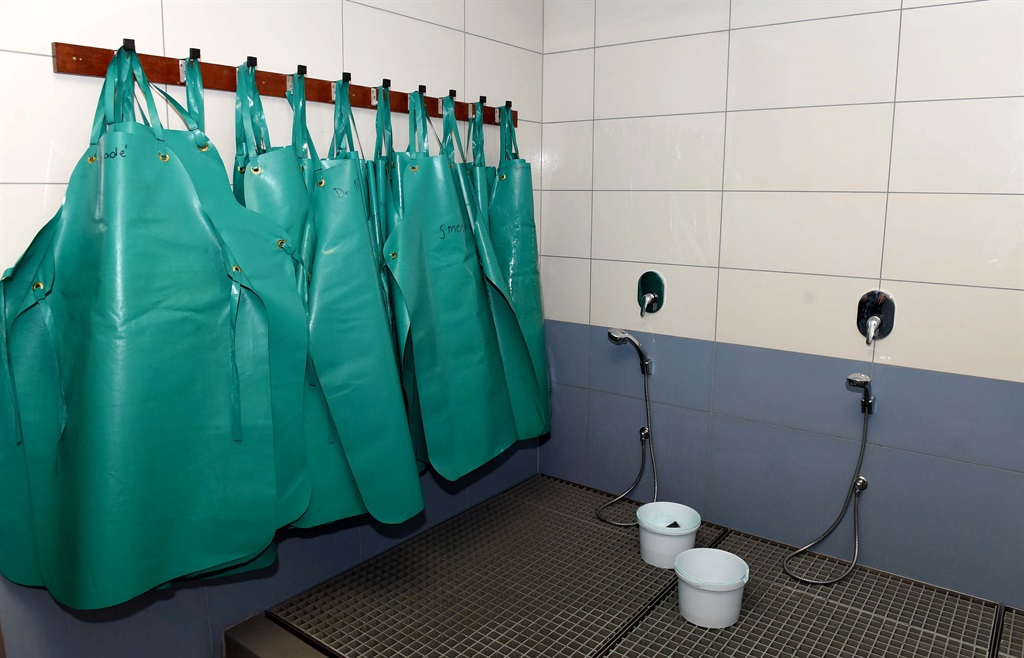
The facility also has a secure section for dealing with deaths from TB and other contagious pathogens.
In her fourth year, an extraordinary teacher, Dr Patricia Klepp, would inspire Martin's passion for forensic medicine - a journey which officially started in Hillbrow in 1991, where she took a job as district surgeon.
"There was so much action in Hillbrow," Martin recalls. "So much change, I mean there were those bombs. I used to examine all of the people who were in cells, like as a GP. So I saw extreme left wing activists, right wing activists.
"There was a lot of torture still. People alleging they'd been tortured by police, especially at Brixton [Police Station]. And when they died you had to prove or disprove it. Another thing we saw was sexual assault survivors, which was also just unbelievably bad. It was so inhumane – no dignity, no privacy, it was horrible."
READ | As bodies decompose in Hillbrow's 1920s mortuary, yet more promises its replacement will open soon
At the time SAPS had offices at the Old Fort prison complex in Hillbrow and its adjacent mortuary - incarceration site of several high profile political prisoners - today the setting of South Africa's Constitutional Court.
Martin recalls how at the time the law required for drunk drivers' blood to be tested at all hours - with district surgeons called out at night to do so - while rape survivors had to wait until 14:00 on weekdays for help.
She recalls arriving at the Hillbrow police offices on Mondays at 14:00 to find a line of women - 25 to 30 people long - waiting on wooden benches to be examined for assault.
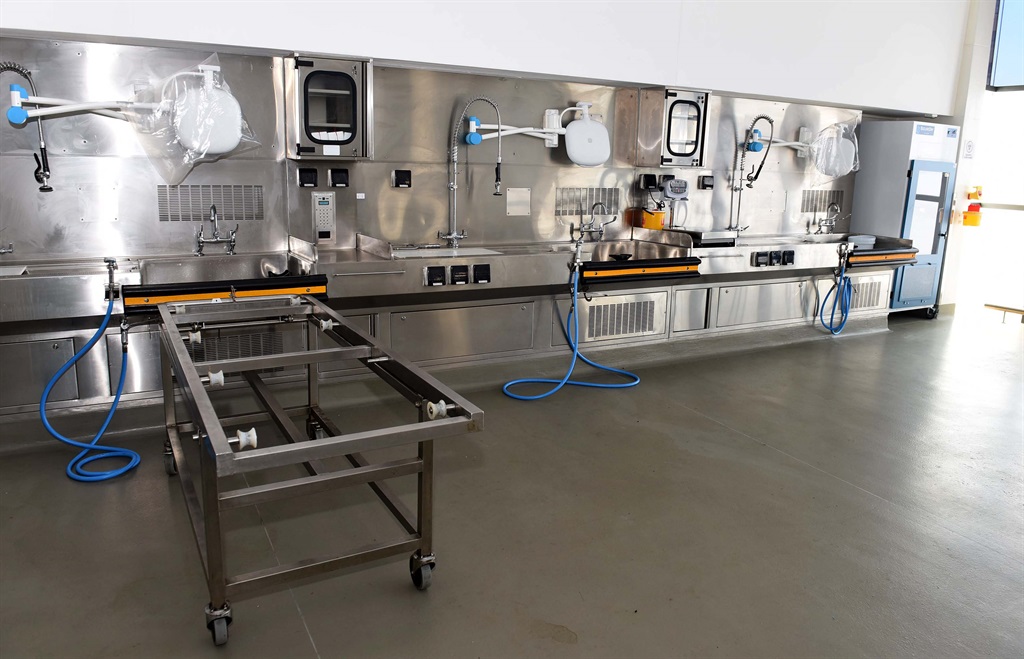
The nearly R300-million facility has four large dissection areas and space for six autopsies each.
In 1993, at new district surgeon's premises, Martin helped kickstart a 24-hour service for rape survivors, also assisting police in devising a standard sexual assault examination kit.
In 1996, she moved to Cape Town, where her 1999 master's dissertation at UCT was on rape and rape homicide.
Here her mentors included luminous and loved Professor Lynette Denny, former head of UCT's Department of Obstetrics and Gynaecology. Together they developed guidelines around the medico-legal management of rape survivors that would inform national policy.
Only 54 registered forensic pathologists in SA
Martin notes that there are only 54 registered forensic pathologists in South Africa, her eyes lighting up as she speaks of some of her former students now heading pathology services around the country.
Published last year, Martin collaborated on The third Injury Mortality Survey: A national study of injury mortality levels and causes in South Africa in 2020/21, which notes an estimated 52 884 injury deaths in that time around the country; with homicide (41.8%) and transport-related deaths (22.1%) leading causes, and suicide at 12.8%.

The Observatory Forensic Pathology Institute will officially be opened in April by health MEC Nomafrench Mbombo.
The report found that hanging was the most common mechanism of suicide amongst men, with poison ingestion the most common for women. It found that the most suicides occurred on Mondays.
READ MORE | Four years and three deadlines later, Joburg still waiting for its R588m forensic pathology lab
For her, the OFPI is a dear ambition realised.
"Since 2004 when I was appointed, the idea of a state-of-the-art facility was there in my head. I was very lucky, I travelled a lot for work, so I got to see facilities and even got architectural drawings from contacts in Toronto and Baltimore, and Sydney... I mean, even when I was on holiday, I'd go and see mortuaries," she says, grinning and raising her shoulders.
When not probing secrets of the dead, Martin enjoys walking her Golden Retriever and Swiss Shepherd around Cape Town's southern suburbs. She lives in Plumstead.
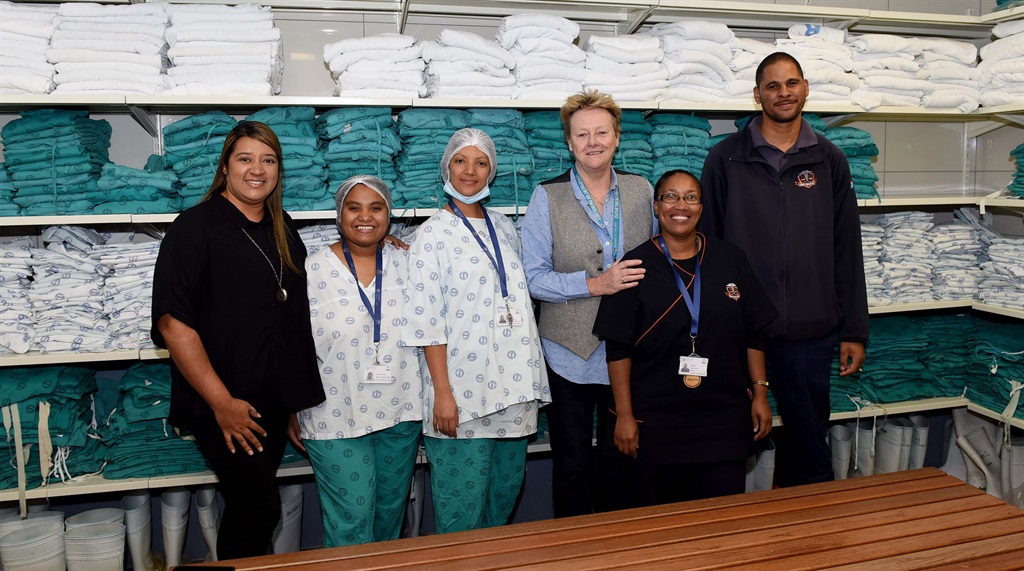
Professor Lorna Martin and some of the staff are seen at the Observatory Forensic Pathology Institute.
In response to questions from Spotlight, Western Cape Health and Wellness spokesperson Megan Davids said despite an initial capacity of 165, at the time of decommissioning the Salt River Mortuary had space for storing only 84 bodies, while the new OFPI can accommodate 405.
She said currently the OFPI does not have a backlog in autopsies, with 19 cases awaiting postmortem examination, which roughly equates to 1.5 days.
*This article was published by Spotlight – health journalism in the public interest. Sign up to the Spotlight newsletter.
 (1).png)
 1 year ago
15
1 year ago
15

